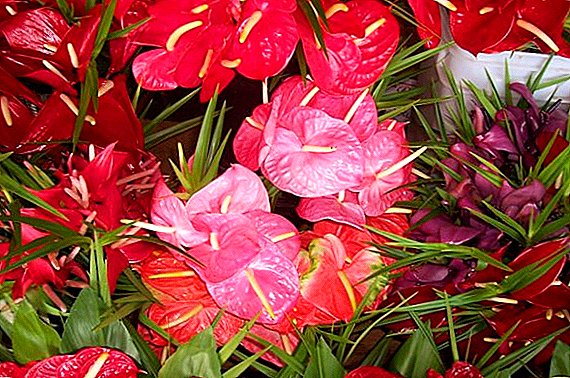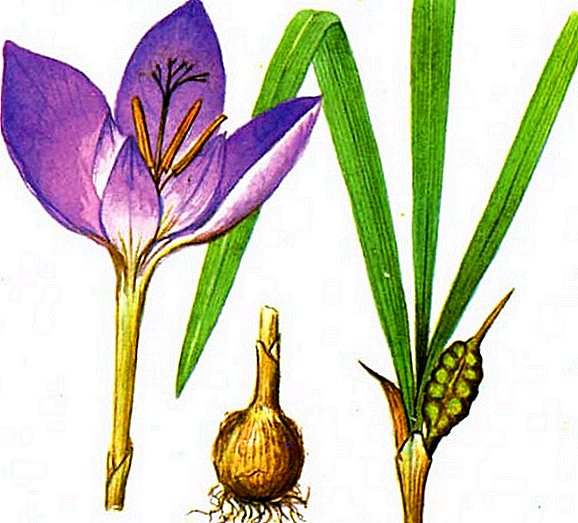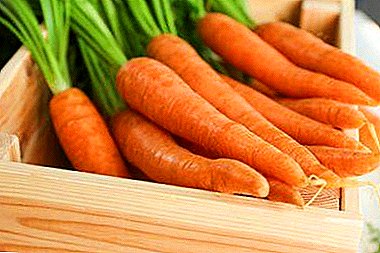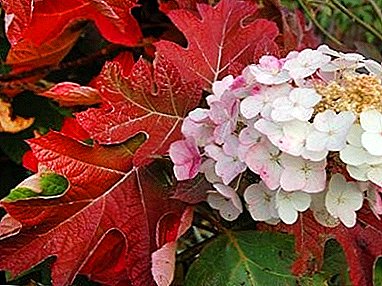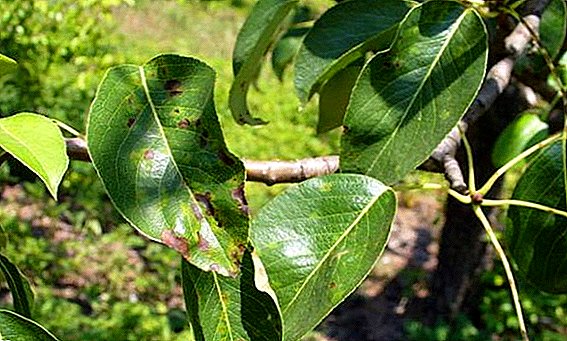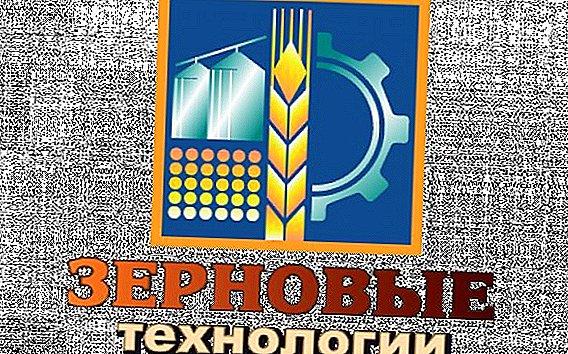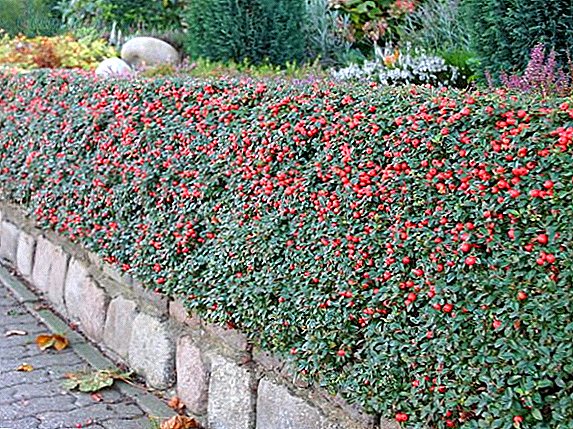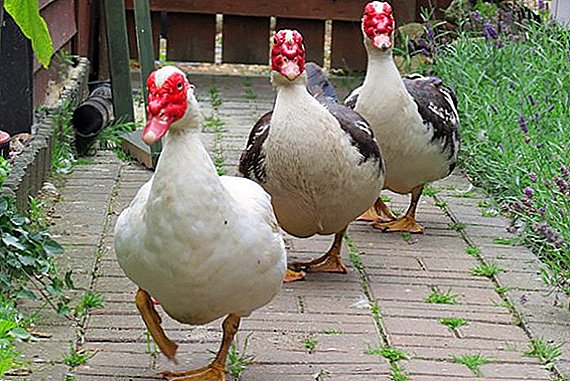 Muscovy duck, or indoutki - is a representative of the duck family, the order of Anseriformes. This large duck is found everywhere in the countries of South America. The Indians of America domesticated the bird over 1000 years ago. Indoout is characterized not only by beauty, but also by productivity, which made the bird popular among farmers. Species or breeds of ducks are divided by color. About the features of breeds, domestic and wild, read this article.
Muscovy duck, or indoutki - is a representative of the duck family, the order of Anseriformes. This large duck is found everywhere in the countries of South America. The Indians of America domesticated the bird over 1000 years ago. Indoout is characterized not only by beauty, but also by productivity, which made the bird popular among farmers. Species or breeds of ducks are divided by color. About the features of breeds, domestic and wild, read this article.
Wild Indoouts
The scientific name is musk duck. Habitats - Uruguay, Mexico, Argentina, Peru.
This bird has quite a few names:
- first described by biologist Carl Linnaeus in 1798 as a Brazilian tree. She received this name because nests mainly on trees in wetlands;
- in France it is a barbarian duck. The name comes from the word "barbarie" - "barbarian, barbaric";
- in the English-speaking countries - musky, for the smell of musk, which smells like a bird;
- in the Russian-speaking countries - indoutink, for the similarity of the head with the turkey.
We advise you to read about the age at which indoorts begin to lay eggs, whether they can be eaten, and also why indoorts do not rush.
Despite the fact that the duck is a waterfowl, musk do not like to swim. They live alone and in small groups, do not create stable pairs. They feed on grass, plant seeds, roots, insects, small fish and reptiles. The weight of wild drake is 3-4 kg, ducks 1.5-2 kg. The base plumage of a wild bird is black with a greenish tint.  The head is covered with specific growths, "corals", like in turkeys. In males, these "corals" are larger and larger than in females. The wild duck lays 8-10 eggs in the nest and incubates them for 35 days. In the wild, females do not need to carry their eggs regularly, so egg-laying runs in cycles.
The head is covered with specific growths, "corals", like in turkeys. In males, these "corals" are larger and larger than in females. The wild duck lays 8-10 eggs in the nest and incubates them for 35 days. In the wild, females do not need to carry their eggs regularly, so egg-laying runs in cycles.
Did you know? The first domesticated Muscovy duck is mentioned in 1553 in the book "The Chronicle of Peru" called "huta". The author of the book is the Spanish historian Petro Cieza de Leon.
Brown (red)
The breed of red or brown musk ducks is distinguished by a beautiful chocolate plumage and brown cushion. The paws and eyes of the bird are brown, with white feathers interspersed. The beak is bright red.  This breed is most popular in poultry because of its high performance:
This breed is most popular in poultry because of its high performance:
- male weight - 6-7 kg, females - 4-4.5 kg;
- egg production - 110-120 eggs per year.
Find out when to cut indoutok for meat.
Blue
This duck is blue or gray with light gray down. The quill pen can have a dark edging. Beak and paws are always only dark in color.
- the weight of the drake is 5-6 kg, the weight of the duck is 2-3 kg;
- egg production - 70-110 eggs per year.

Homemade
Domestic breeds are very quiet and unpretentious. Scientific selection and fixation of the breed signs of a musk duck were not carried out, therefore the breeds are distinguished by the color of feathers.
We recommend that you familiarize yourself with the symptoms and treatment of diseases of indoutok, as well as the peculiarities of feeding musk ducks.
The weight of the home indones does not depend on the color of the pen and is:
- Drake - 4-6 kg;
- duck - 2-3 kg.
White
The white Indo outland has absolutely white plumage. The beak and legs of the bird are pink. Eyes - gray with a blue tint. This is a very rare color, since white feathers are almost never found in the wild. 
- the mass of the drake is 6 kg, the mass of the duck is 3 kg;
- egg production - 80-100 eggs per year.
Important! Independent of all that glitters is interesting. Remove nails and other dangerous items from their view, as birds can swallow them.
Black and white
The decorative plumage of the black-and-white ducks is a head adorned with black and white feathers, which form a unique pattern. The back, wings and tail of birds are black with a green sheen, the breast and belly are white. With folded wings, a heart pattern is formed on the back. The bird's eyes are black, the beak is red, pigmented, with a black tip, the paws are yellow. 
- male weight - 5-6 kg, females - 2-2.5 kg;
- egg production - 80-110 eggs per year.
Brown and white
Brown and white indo outings are birds of almost decorative appearance. Coffee brown plumage torso closer to the tail becomes chocolate. The head is covered with white feathers with small patches of brown. Indoout fluff is white. Eyes - coffee brown, beak red pigmented, metatarsus - brown. Paws - yellow.
Important! Indo-utes are able to fly, therefore, so that the birds do not fly away from the farm, they need to cut the primary feathers.
- male weight - 6 kg, females - 2.5-3 kg;
- egg production - 80-110 eggs per year.

Black
Birds of black color have absolutely black plumage. Wings and tail cast green. White feathers are possible on the neck, and the down is saturated gray. Neck, head, beak and feet - black, eyes - brown.
Read more about how to equip a room for holding indoutok, as well as how to keep them in winter.
- male weight - 5 kg, females - 3 kg;
- egg production - 80-110 eggs per year.

Blue
The color of the feather of this duck is bluish-gray, with the same shade of fluff. The head and neck are white, the beak and paws are yellow.
- male weight - 4.8-5 kg, females - 2.8-3 kg;
- egg production - 85-96 eggs per year.
Did you know? Indeotions by nature are very curious. Interested in someone else's laying, the duck may well begin to incubate it, leaving its eggs.Cross blue breed - indooot blue favorite, bred on the territory of Russia relatively recently. The shade of the pen is from smoky gray to blue. The bird is distinguished not only by its good productive qualities, but also by its resistance to diseases.
- drake weight - 5.8-7.5 kg, ducks - 4-6 kg;
- egg production - 100-130 eggs per year.

White with a pattern
White bird patterned feathers with white feathers interspersed with black feathers. These feathers form various patterns, which give the name of this variety.
You will probably be interested in reading about how to distinguish between a duck and a duck.
- drake weight - 5-6 kg; ducks - 2.5-3 kg;
- egg production - 80-110 eggs per year.

The difference between wild and domestic indootski
The differences between the indo-outs are few, but they are.
Wild Indoouts:
- more resistant to environmental influences;
- hardier;
- weigh less than domestic species;
- gain weight faster.
Homemade Indoouts:
- more precocious;
- their meat is more juicy;
- weigh more.
 Indo-outs do not have too much breed differences. When breeding these birds, the aesthetic tastes of the hosts are more taken into account. Regardless of the color of feathering, all ideas will delight you with delicious gourmet meat and eggs.
Indo-outs do not have too much breed differences. When breeding these birds, the aesthetic tastes of the hosts are more taken into account. Regardless of the color of feathering, all ideas will delight you with delicious gourmet meat and eggs.

